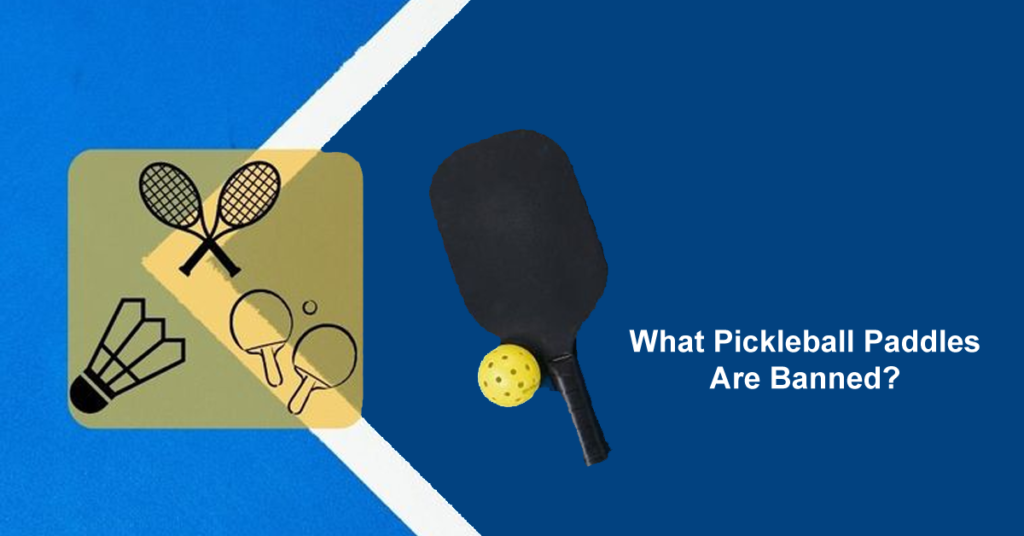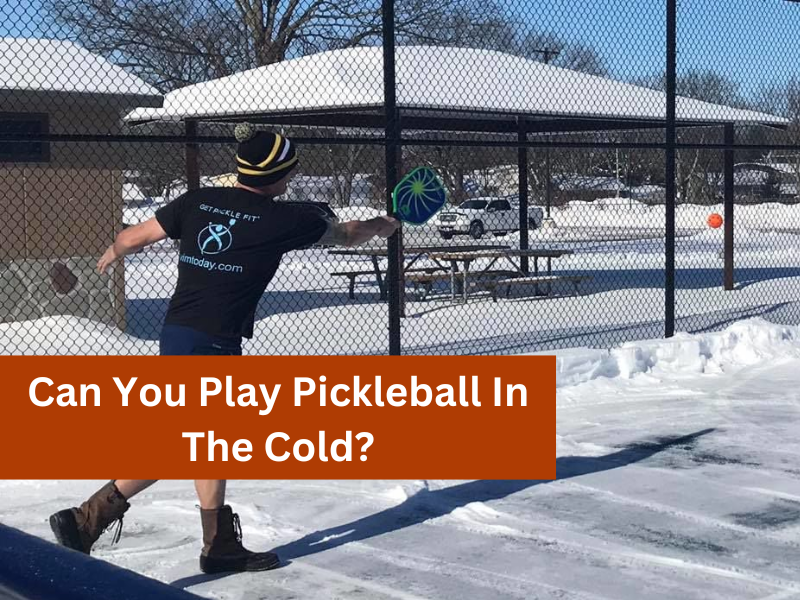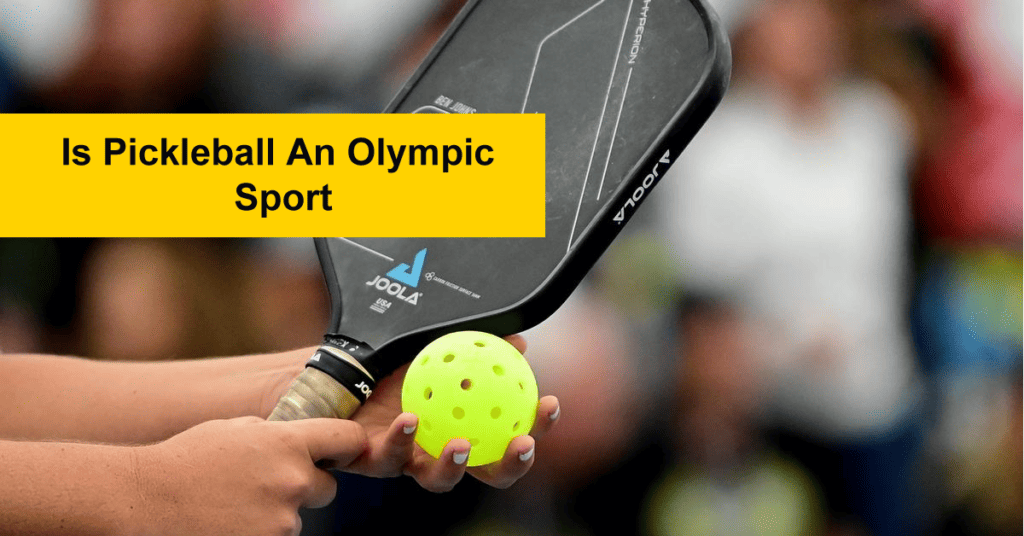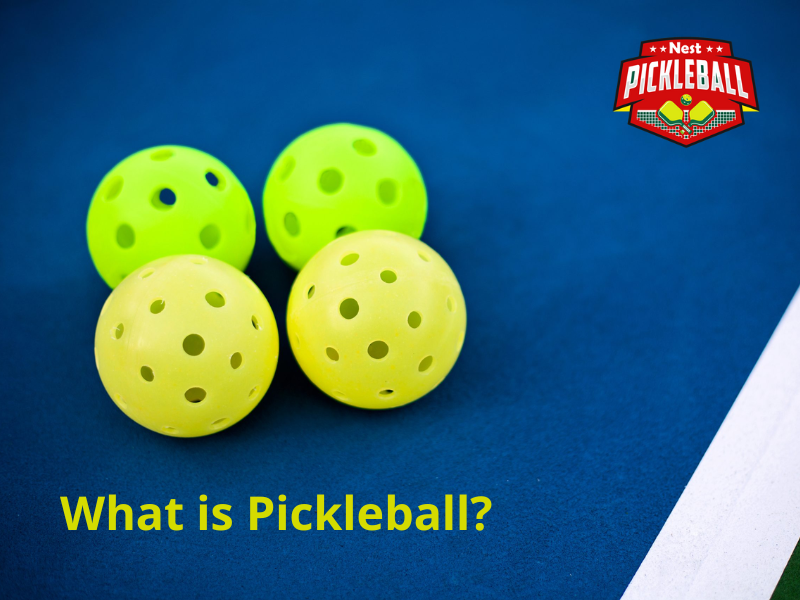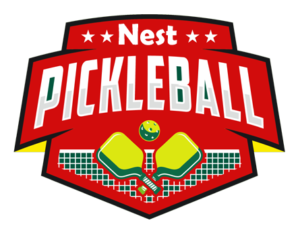What Pickleball paddles are banned? In professional pickleball matches, paddles that do not meet the standards set by the USA Pickleball Association (USAPA) are banned. The USAPA has established specific guidelines regarding paddle dimensions, materials, and performance characteristics.
Manufacturers typically ensure their paddles conform to these standards, in very few cases where paddles are entirely banned from professional matches. However, individual courts may have additional requirements and ban certain paddles based on those specific needs. For example, a court may ban paddles that produce excessive noise, disrupting the game and disturbing other players.
Players must understand and adhere to the USAPA standards and any additional regulations imposed by courts to avoid encountering issues with banned paddles in the future.
By using approved paddles that meet the established guidelines, players can ensure fair play, maintain the integrity of the sport, and prevent any potential problems during matches.
Why Pickleball Paddles Get Banned
The USA Pickleball Association (USAPA) and the International Federation of Pickleball (IFP) have implemented specific regulations and standards for pickleball paddles to maintain fairness and competitiveness.
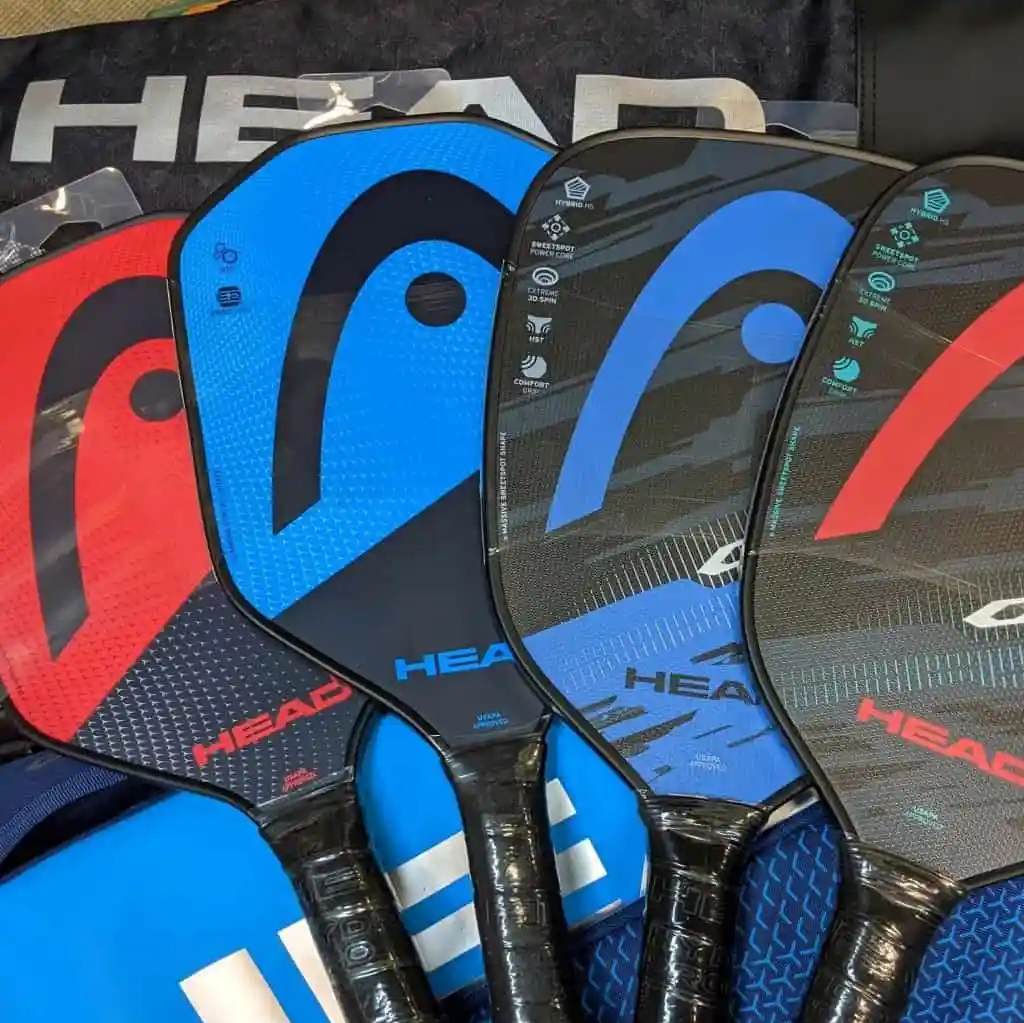
While these standards do not apply to casual players or friendly matches, they become crucial when participating in formal or official tournaments. Using paddles that meet the official standards ensures a level playing field and lets players get the most out of their equipment.
Even for casual players, using approved paddles can provide a better gameplay experience and help them become accustomed to the proper gear should they pursue official tournament play.
So, here are the reasons why pickleball paddles get banned.
Reasons Why Paddles Get Banned
Here are the reasons why I got banned from the official tournament, court, and ground. If the paddle design, weight, size, safety, and color are unsuitable for the court or official rules, USAPA can ban the paddle.
If the paddle doesn’t meet the USAPA rules, it can be banned.
Non-Compliance with Official Standards
One reason for banning paddles is non-compliance with the official standards of organizations like the USAPA. These standards cover paddle dimensions, materials used, and performance characteristics. Banned pickleball paddles that fail to meet these requirements can provide an unfair advantage to players, potentially disrupting the game’s balance.
Lack of Safety Concern
Another factor that may lead to a paddle being banned is safety concerns. Paddles with sharp edges, rough surfaces, or made of materials that can cause harm pose risks to players. To protect the well-being of participants, any paddle found to compromise safety standards may be prohibited.
Noise Level
Furthermore, the noise level is sometimes a consideration for banning paddles. Certain courts or venues may have regulations to ensure a peaceful and focused playing environment.
Paddles that produce excessive noise upon contact with the ball can distract players and disrupt the overall experience.
While paddle bans are relatively rare in professional matches, adherence to standards is crucial to maintaining the integrity of the sport. It ensures fair competition and a level playing field for all participants. Players need to familiarize themselves with the standards set by the governing bodies and use approved paddles to avoid any complications or disqualifications during matches.
Paddle Weight and Size
The size and pickleball paddle weight are important factors regulated by the USA Pickleball Association and the International Federation of Pickleball (IFP).
These guidelines ensure fairness and maintain the integrity of the sport. Unlike a tennis racket, they must meet specific requirements set by the governing bodies.
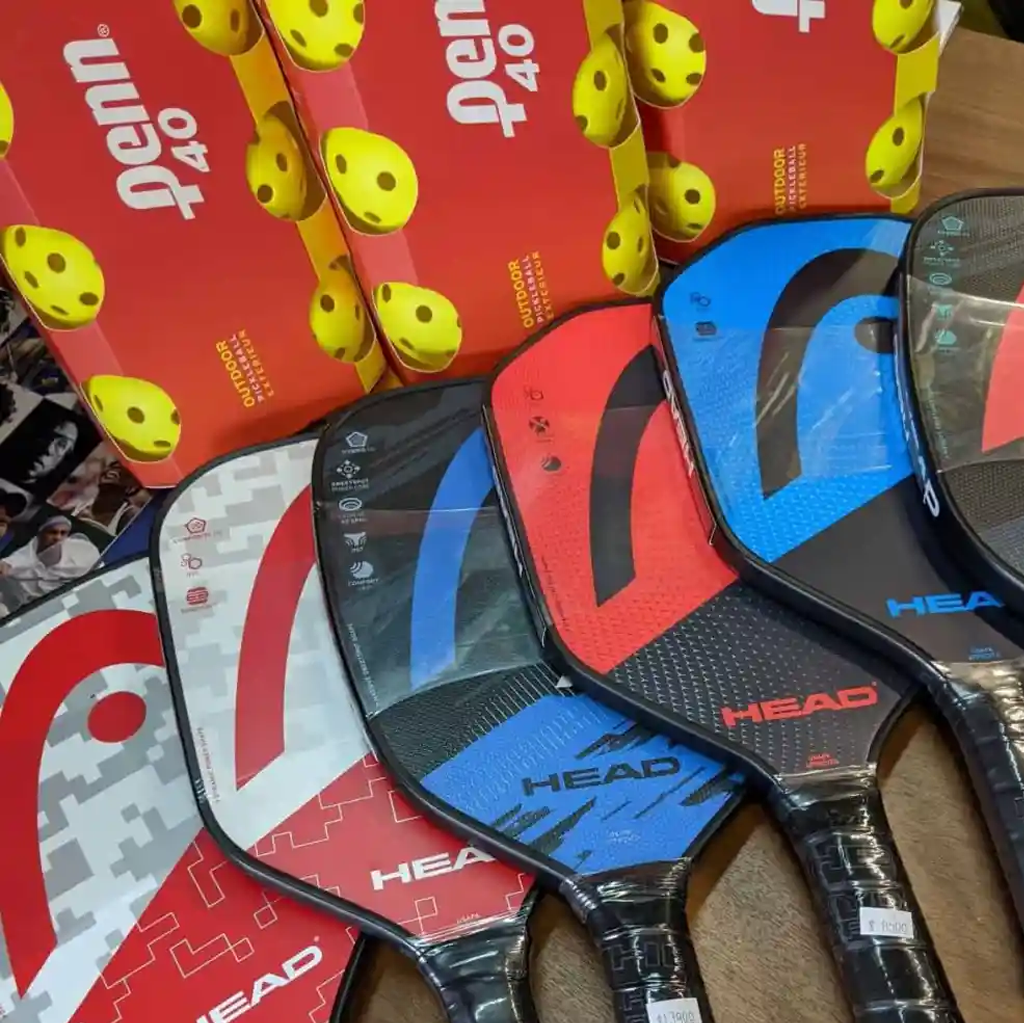
The USAPA and IFP strictly enforce a maximum length for pickleball paddles, which cannot exceed 17 inches. Even elongated paddles are limited to this length, ensuring no player has an unfair advantage due to paddle size.
Additionally, the surface area, including the edge guard, must not exceed 24 inches. These measurements help create a level playing field for all participants.
However, the paddle may be banned from official tournaments because they don’t meet the weight. Ideally, a pickleball paddle should weigh between 7.5 and 8.5 ounces. Manufacturers generally produce paddles within this weight range. However, slight variations in weight are allowed. Players often customize paddles by adding lead tape to increase the weight, which is permitted within reason. Heavier paddles are not banned if the added weight falls within acceptable limits.
The paddle size and weight regulations aim to maintain consistency and fairness in pickleball matches. By adhering to these guidelines, players can compete equally, ensuring that the game’s outcome relies on skill and strategy rather than equipment advantages. They must familiarize themselves with these regulations to avoid issues or disqualifications in official tournaments or matches governed by the USAPA and IFP.
Court-Specific Paddle Bans
In addition to the regulations set by the USA Pickleball Association (USAPA) and the International Federation of Pickleball (IFP), some pickleball courts impose specific rules and bans on paddles.
These court-specific bans go beyond the guidelines established by the USAPA and IFP and are usually due to unique features of the court or local regulations.
One example of such a court is the Sun City Grand Pickleball Club in Surprise, Arizona. The club caters to a community of seniors and retirees who may prefer a quieter environment. Given that high-energy sports like pickleball can generate significant noise, the club aims to maintain a peaceful and quiet atmosphere for its residents.
However, the club acknowledges that sports and entertainment events typically accompany noise; they strive to limit the noise levels as much as possible. Pickleball, with its distinctive sound, can be particularly loud due to the nature of the paddle and the materials used in its construction.
Consequently, the club’s management has banned paddles that are deemed too loud, ensuring a more serene playing experience on their courts at Sun City Grand.
These pickleball paddles for court bans serve to respect the preferences of the local community. Players using paddles that exceed acceptable noise levels may be prohibited from using them on the Sun City Grand courts. They must know and respect the additional rules and regulations enforced by individual pickleball clubs or courts to ensure a pleasant experience for all participants.
Which Pickleball Paddles Are Banned?
While it is relatively rare for pickleball paddles to be banned by the USAPA, there have been instances where certain popular paddles have faced this fate. These occurrences are not frequent but do happen occasionally within the sport.
One unfortunate example is the recent ban on CRBN Pickleball paddles, which were previously approved but later found non-compliant just before a major tournament or competition.
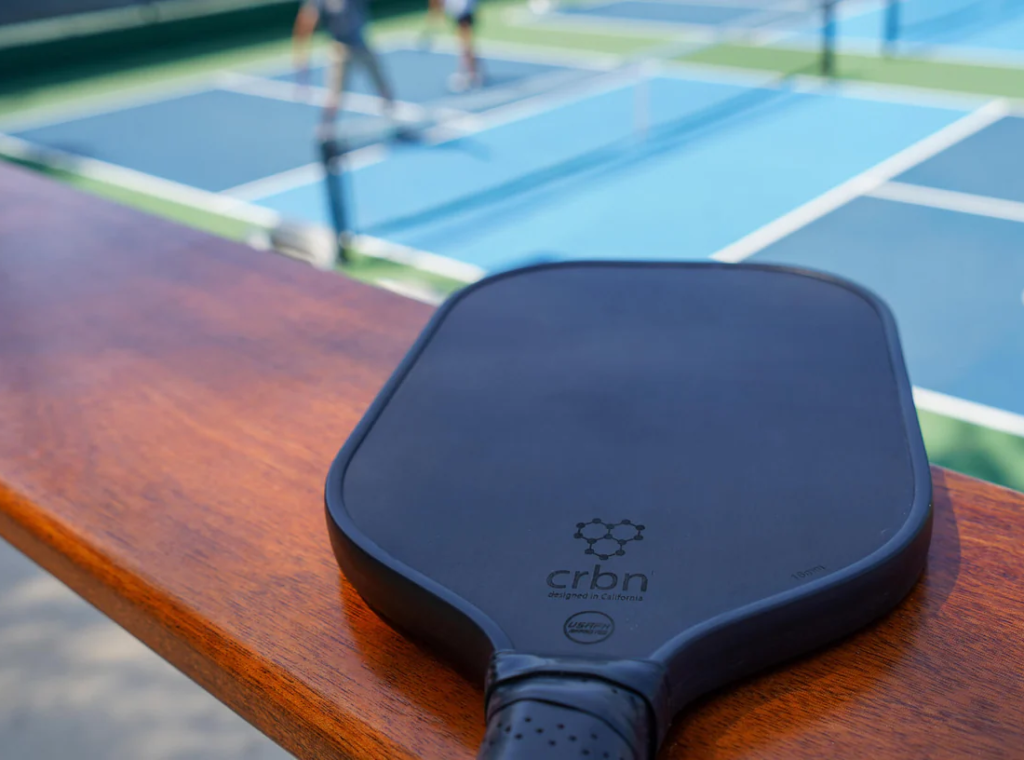
Banning pickleball paddles by the USAPA is a significant event, mainly involving a well-known brand previously approved. Such situations can cause disappointment and frustration for players and the manufacturer concerned. The sudden loss of approval can disrupt players’ preparation for major tournaments and competitions, leading to a need for alternative paddle options.
While specific details about the reasons for the CRBN Pickleball paddle ban or the circumstances surrounding it are not provided, it serves as a reminder that even established brands can face compliance issues. The incident highlights the importance of continuously conforming to the guidelines and regulations set by the USAPA to maintain approval and avoid sudden bans.
Why Was CRBN Banned?
CRBN paddles were banned because laboratory tests confirmed that the commercially available CRBN did not meet the required standards and specifications to maintain their “approved” status for sanctioned tournament play.

The results of these tests indicated that the CRBN paddles did not comply with the necessary regulations set by the governing bodies, such as the USA Pickleball Association (USAPA), for competitive play in official tournaments.
As a result, the paddles were deemed non-compliant and subsequently banned from use in sanctioned events.
The exact details regarding which standards or specifications the CRBN paddles failed to meet are not provided. However, it is evident that they still need to complete the necessary criteria for approved tournament play.
Why is the Carbon Paddle Banned?
The carbon paddle was banned due to the results of testing that revealed a significant issue with deflection. According to Young, who discussed the matter on a podcast, approximately 60% of the tested carbon paddles failed the deflection testing.
This means that a significant number of carbon pickleball paddles are needed to meet the required standards regarding deflection, which measures the paddle’s flexibility and how it responds to impact with the ball.
The failure of these paddles to meet the necessary deflection criteria led to their ban, as they were deemed non-compliant with the regulations set by the governing bodies, such as the USAPA.
The exact details of the testing process and the specific deflection standards they failed to meet are not provided. Still, they could not meet the required performance criteria, leading to their banning from sanctioned tournament play.
Conclusion
While there have been instances where specific pickleball paddles have been banned, such cases are relatively rare. The USA Pickleball Association (USAPA) sets strict standards to ensure fair play, player safety, and the integrity of the sport. Paddles that fail to meet these standards or demonstrate non-compliance with required testing may be banned from sanctioned tournament play. Players must stay informed about approved paddles and any updates to the regulations to avoid complications or disqualifications.

